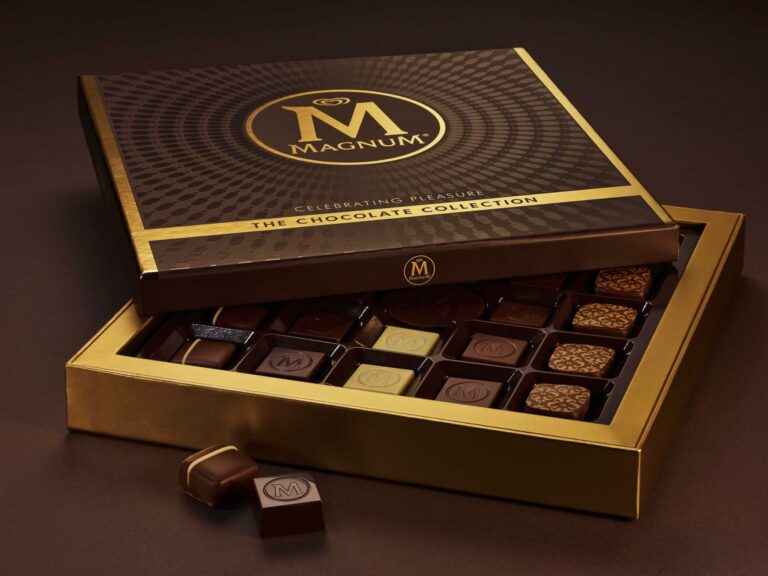Chocolate packaging is designed to protect the product from heat, moisture and light. It also conveys a promise of quality to customers. The oversized hearts of the Russell Stover and Whitman’s samplers violate federal “slack-fill” rules, which prohibit food packaging from being misleading with empty space. This could lead to a fine for the company.
Chocolate Box Packaging
The right Chocolate Box Packaging can help you stand out on shelves and connect with customers. It can also tell a story and help you establish a strong brand identity. You can use custom printing and specialty finishing to create a unique packaging design that stands out from your competitors.
Using an appropriate box size is essential for keeping your chocolates in top condition. You should select a box that is 2-3 times the size of your chocolates, which will allow for crunch room and also help deflect heat from the chocolates. Adding Mylar-coated bubble wrap will also help protect your chocolates. Additionally, it is important to provide an ice pack with your chocolate shipments during the summer. This will help your products avoid melting and also ensure that your client receives their chocolates in a fresh, wholesome state.
Additionally, if you decide to ship your chocolates during the summer, make sure that your shipping process is clearly communicated to your clients. For example, you may want to include a pop-up on your website that explains your shipping process and the additional costs associated with ice packs and other special packing materials. This will help prevent cart abandonment when potential customers see the additional charges at checkout. This will also encourage repeat business as patrons understand your shipping structure and expectations.
Types Of Chocolate Box
Chocolate boxes are designed to entice consumers through their artwork, structure and branding. The design of a box can be simple or extravagant, depending on the brand and the product inside. Some companies even choose to add a window lid. This type of box allows the chocolate to be displayed and savored without sacrificing its quality or texture. The three main components of a chocolate box are the box, plastic tray and candy pad. The pad is made of a specific number of small compartments, each designed to hold one piece of chocolate. This pad can be printed with different colors, patterns and company logos to create a unique packaging experience. It is also available in a variety of thicknesses, called plies. The higher the ply, the thicker the pad.
The most important requirements for a chocolate box include an optimal oxygen barrier, correct moisture resistance and accurate heat sealing at low temperature. Excessive contact with oxygen causes chocolate to oxidize, affecting its taste and appearance. It is especially important to protect milk and white chocolate from oxidation. In addition, moisture can cause the sugar in chocolate to dissolve and form white particles on the surface of the chocolate, a phenomenon known as chocolate blooming. This can be prevented with the use of proper packaging.
Chocolate Box
The chocolate packaging process requires careful attention to detail, ensuring that the product is protected from damage. It’s also important to use a design that will appeal to your target audience. For example, if you are selling your chocolates in a boutique shop or gallery gift store, your packaging should convey a sense of luxury and high quality sophistication. This can be done by using beautiful illustrations or painterly strokes. The choice of packaging material is another important consideration. Cardboard is a popular choice, as it is inexpensive and offers excellent protection. Alternatively, corrugated stock can be used to provide additional strength and cushioning. In addition, corrugated material can be printed and laminated to create unique shapes.
It’s also important to consider the weight of your chocolates when choosing a box. A heavier package will require more padding to ensure that it arrives intact. Also, be sure to know your average box size and dimensions so that you can select the most affordable carrier for your product. If you’re shipping your chocolates during the summer, be sure to choose insulating and cooling packing materials. Metalized bubble packaging insulates and deflects heat, while nestling your chocolates in ice packs keeps them below their softening point. Alternatively, you can opt to delay your shipping orders during hot weather.


